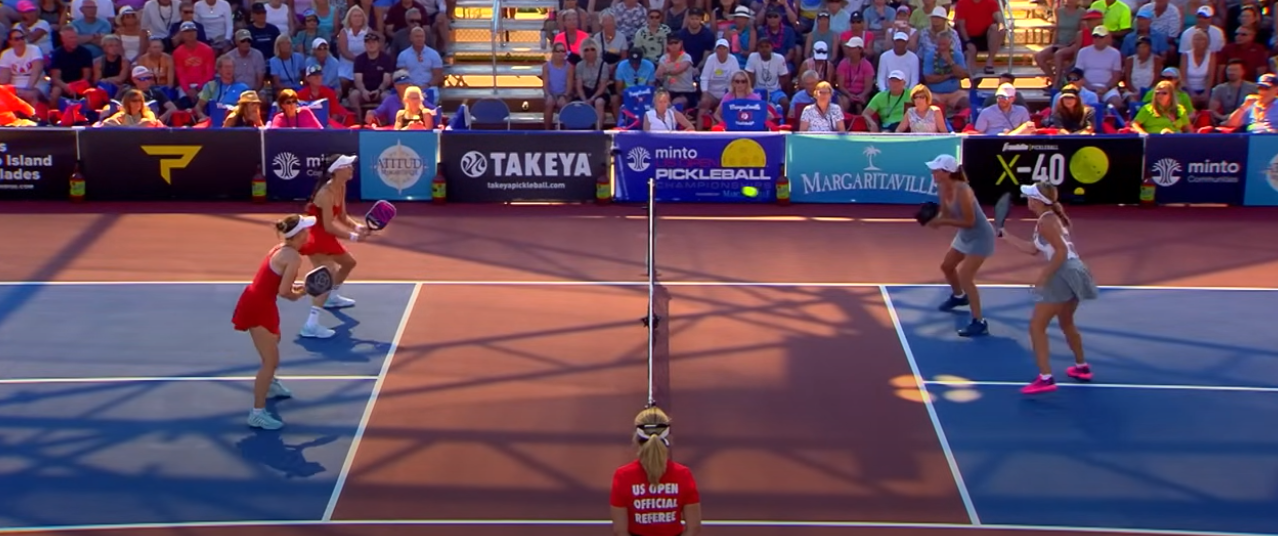A 2025 Guide to Mastering Paddle Weight with Science, Strategy & Self-Awareness
As a seasoned coach and lifelong pickleball enthusiast, I’ve seen firsthand how paddle weight becomes more than just a technical detail. It shapes confidence. Impacts injury resilience. And it can unlock—or limit—your growth as a player.
Here’s the truth:
Paddle weight isn’t just about numbers—it’s about knowing yourself.
And in 2025, the science is finally catching up to what female players have intuitively known for years.
Whether you’re just starting out or fine-tuning your tournament strategy, understanding the role paddle weight plays in your game is one of the smartest moves you can make.
What Paddle Weight Actually Affects (Beyond the Basics)
Pickleball paddles typically range from 6 to 14 ounces. But that oft-cited “ideal” range of 7–8.5 oz for women?
That’s surface-level advice.
Recent findings in neuromuscular and sports science reveal that:
- Reaction time and coordination fluctuate with hydration, fatigue, and recovery—making your paddle feel different day to day
- Lighter paddles may promote neuroplasticity, especially in women over 35 who benefit from lower-impact kinetic feedback
- Your ideal paddle weight shifts with your energy levels, hormone cycles, and even the court surface you’re playing on
Translation? Your paddle weight shouldn’t be static. It should flex with you.
How to Rethink “Light vs. Midweight” Like an Athlete
Instead of committing to one paddle weight forever, rotate it based on your training phase—just like strength athletes rotate lifts and load.
| Phase | Goal | Paddle Weight Strategy |
|---|---|---|
| Early Season | Injury prevention, rhythm reset | Lightweight paddle for fluid mechanics |
| Mid-Season | Building power & consistency | Midweight paddle for depth and drive |
| Tournament Prep | Confidence + control under stress | Slightly heavier paddle to handle pace & nerves |
Pro Insight: Treat paddle weight like a training variable, not a fixed identity.
Your Gear Will Soon Be Smarter Than You Think
Imagine this:
“Your tracker shows increased wrist fatigue—switch to a lighter paddle for recovery.”
“Forecast: high winds—add 0.3 oz tape to boost torque resistance.”
“Your cycle phase is affecting joint elasticity—opt for head-light balance today.”
Sound futuristic? Not really.
Shoes, watches, even yoga mats are now smart. Paddles are next.
Brands: this is your chance to innovate. Create women-specific paddles that adapt with her, not just to her.
Why Women’s Biomechanics Change the Paddle Conversation
Most paddles are built for the average male player. But the average woman’s shoulder-wrist-elbow chain works differently.
Here’s what female-focused design should address:
- Lower average upper-body mass → more benefit from balanced or head-light designs
- Hormonal fluctuations → influence joint laxity, increasing injury risk with heavy paddles
- Grip length and thickness → affect timing, comfort, and wrist freedom
Forward-thinking gear would sync with health apps and adapt tension, weight, or balance as your cycle, strength, or stress changes.
Paddle Psychology: Playstyle, Confidence & Flow
Think of paddle weight like a mindset amplifier. When it feels right in your hand, your brain enters a flow state. You stop overthinking and start outplaying.
Here’s a simplified model to help you align your paddle with your play:
| Archetype | Core Traits | Ideal Weight |
|---|---|---|
| The Strategist | Soft hands, placement master | Lighter paddle |
| The Enforcer | Net aggressor, drives hard | Mid-to-heavy paddle |
| The Hybrid | All-court balance and endurance | Midweight paddle |
| The Deceiver | Wrist flicks, mix-ups, disguise game | Light, head-heavy |
When your paddle weight matches your playstyle, you don’t just move better—you think better.
Paddle Weight Isn’t Just a Number—It Affects Everything
Every gram you adjust affects how your body responds on the court:
- Your swing tempo
- Your shot accuracy
- Your recovery time between points
- Your trust in your paddle during high-stakes rallies
Even off the court, paddle weight interacts with:
- How rested you are
- How your grip feels that day
- How your hormones, hydration, or sleep affect your joints
✅ Paddle weight is more than preference. It’s your performance partner.
30-Day Paddle Weight Experiment: Find Your Sweet Spot
Want to get clear on what weight works for you? Try this:
| Week | Focus Area |
|---|---|
| 1 | Use a lightweight paddle. Track fatigue, speed, & comfort. |
| 2 | Switch to a midweight paddle. Focus on depth, pace, & power. |
| 3 | Add grip tape or lead weight. Tune control + stability. |
| 4 | Return to your “default” paddle. Observe confidence + feel. |
Tip: Keep a simple log. Watch for patterns in fatigue, point success, and wrist comfort.
This is how elite players optimize—not guess.
Want More Than Weight?
Paddle weight is just one variable—but the entire paddle matters.
👉 Explore our Best Pickleball Paddles for Women to see which models offer the right balance of weight, control, grip size, and injury protection for your playstyle.
You’ll find real reviews, side-by-side specs, and gear that doesn’t just say “women’s,” but actually performs for female athletes.
Final Reflection: Paddle Weight Is Identity in Motion
Your paddle is more than a piece of equipment. It’s an extension of your energy, your rhythm, and your evolution as an athlete.
The best paddle for you today might not be the one that served you last season.
That’s okay. Because the goal isn’t perfection—it’s progression.
Choose a paddle weight that evolves with you. That listens to your needs.
And that feels like an ally—not a burden.
Because the best players don’t just control the paddle.
They control the variables.

